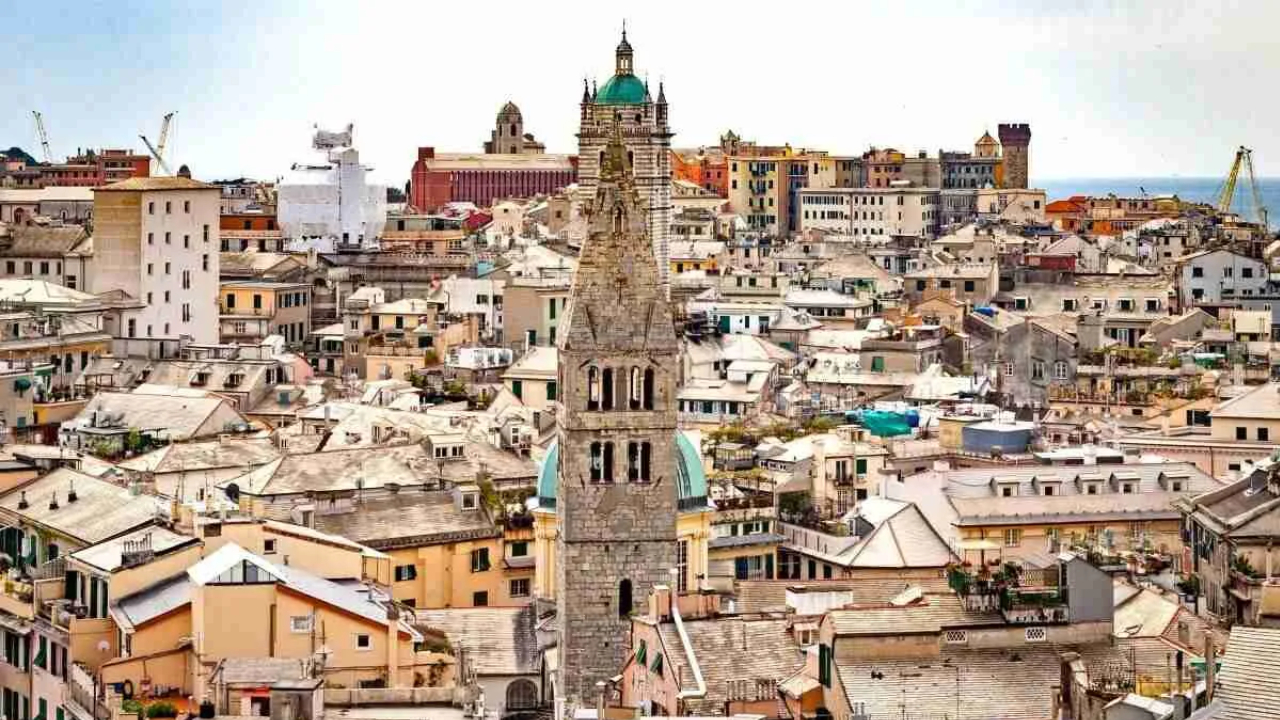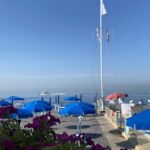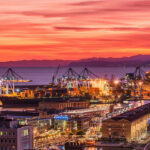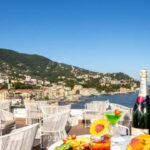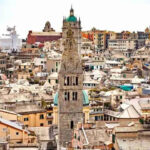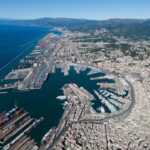Genoa’s Old Town, with its rich history and captivating architecture, offers a plethora of attractions. Here are some of the best things to see in Genoa’s historical center:
Palazzo Spinola
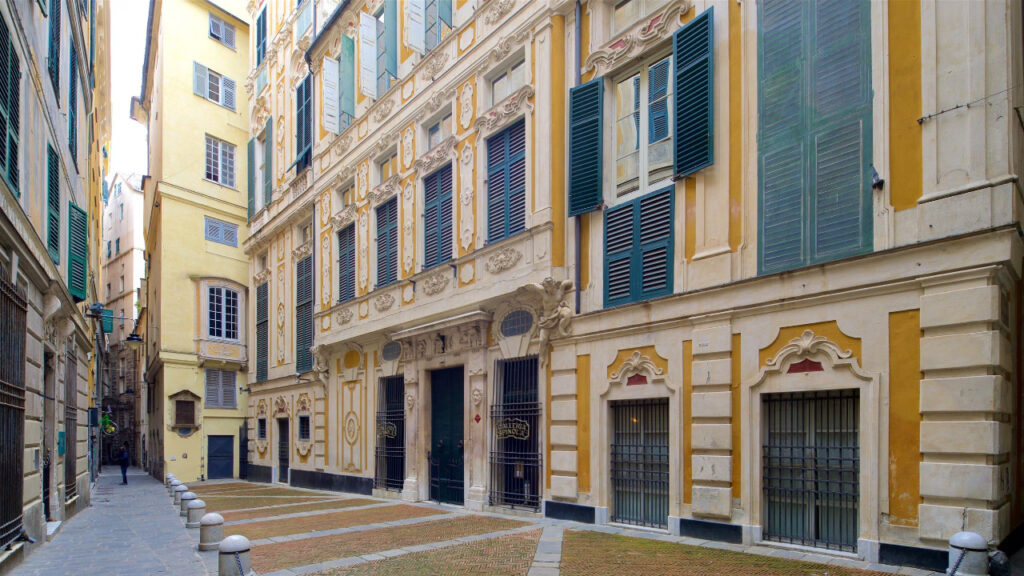
Also known as the National Galleries of Palazzo Spinola, this palace houses the National Gallery of Art. It’s part of the Palazzi dei Rolli, a collection of palaces designated as a UNESCO World Heritage Site.
- Historical Significance:
- The palace was included in the Rolli System at the end of the 16th century. This system listed prestigious palaces where notable guests were hosted during state visits.
- UNESCO recognized Palazzo Spinola as a World Heritage Site in 2006.
- Luxurious Interiors:
- Visitors can explore its opulent 16th and 18th-century rooms adorned with frescoes, oriental furnishings, fabrics, and porcelain.
- The palace houses one of the most important historical picture collections in Genoa, allowing you to immerse yourself in the refined atmosphere that characterized the nobility’s taste.
- Unusual spaces, such as the 19th-century kitchens and the famous Gallery of Mirrors, add to the unique experience.
- Artistic Treasures:
- The first floor showcases 17th-century aspects associated with the Grimaldi and Pallavicino families.
- The second floor reflects 18th-century renovations linked to Maddalena Doria Spinola.
- The last two floors house the National Gallery of Liguria, featuring paintings, sculptures, ceramics, and furnishings. Notable works include Van Dyck’s Portrait of Ansaldo Pallavicino and Rubens’s Portrait of Gio. Carlo Doria.
- Location and Hours:
- Address: Pellicceria Square, 1, Genoa, Liguria, Italy.
- Opening hours: Tuesday to Saturday (08:30 – 19:30), Sunday (13:30 – 19:30).
For more detailed information, you can visit the official website. 🏛️✨
Palazzo Reale
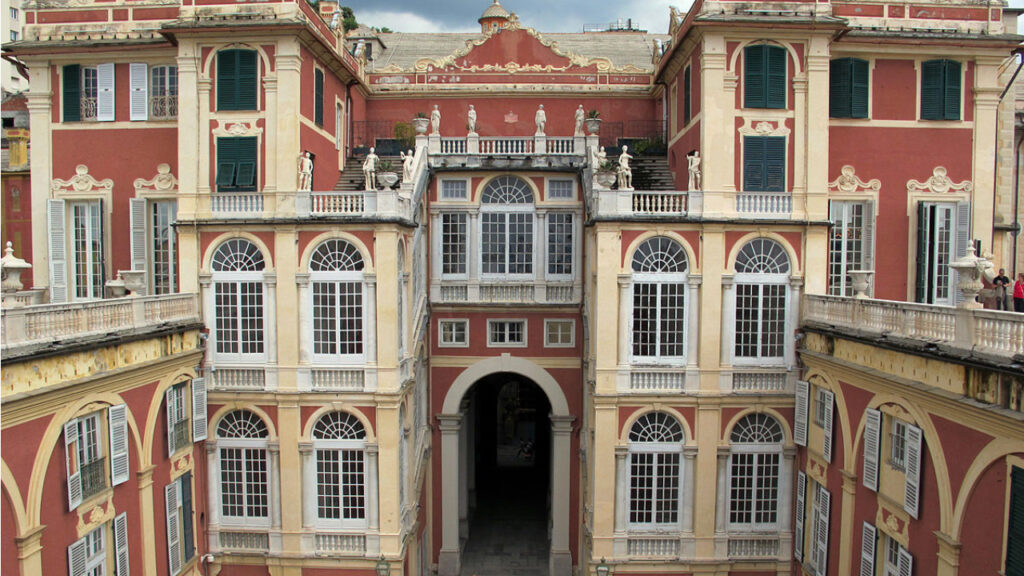
Once home to the Balbi, Durazzo, and Savoy families, this palace underwent significant renovations over the centuries. It’s located on Via Balbi.
- History and Architecture:
- The Palazzo Reale, or Palazzo Stefano Balbi, is one of Genoa’s major historical edifices.
- It was added to the list of 42 palaces inscribed in the Rolli of Genoa on July 13, 2006. These palaces were collectively designated as a UNESCO World Heritage Site.
- The palace has survived wars and transitions between noble families, preserving centuries of history.
- Its architecture spans the 17th and 18th centuries, with grand salons adorned with frescoes, stucco work, paintings, sculptures, and exquisite furnishings.
- The interiors include collections of sculptures, paintings, marbles, fabrics, gilded wood, and crystal chandeliers.
- Visitors can explore both grand and intimate atmospheres, enjoying unforgettable views of the port from the hanging garden and terraces.
- Art and Collections:
- The Palazzo Reale houses an impressive array of artworks.
- Notable paintings include masterpieces by Veronese, Tintoretto, Rubens, Van Dyck, and Luca Giordano.
- Sculptures by Filippo Parodi and Francesco Maria Schiaffino add to its artistic richness.
- The decoration of the rooms, including frescoes by Genoese baroque masters, reflects opulence and taste across different centuries.
- City History and Cosmopolitanism:
- The visit to Palazzo Reale is also a journey into Genoa’s history and wealth.
- The Gallery of Mirrors showcases Genoese cosmopolitanism and their close relationships with European markets, residences, and artists.
- Visitor Experience:
- The palace’s original furniture, superb furnishings, and works of art provide a glimpse into the lives of its ancient owners.
- The top ten paintings, sculptures, tapestries, and precious furnishings make this building significant and emblematic for the city.
For more details and visiting information, you can explore the official website of Palazzo Reale. If you’re ever in Genoa, don’t miss the chance to experience its historical grandeur! 🏛️🎨
Cathedral of San Lorenzo
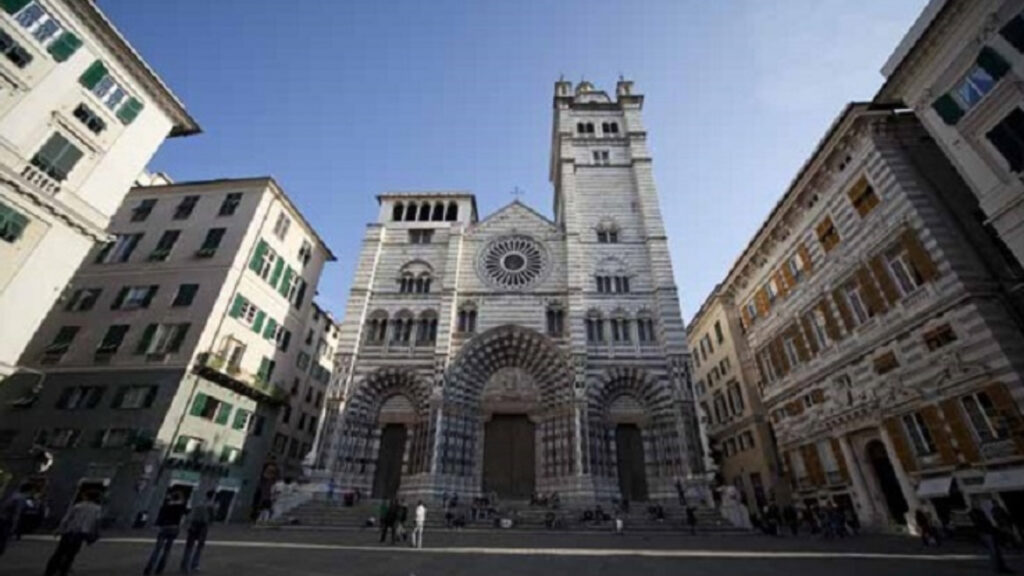
The most important church in Genoa, it combines Romanesque and Gothic styles. Look for the loggias in the towers of the façade.
- Dedication and History:
- The cathedral is dedicated to Saint Lawrence (San Lorenzo).
- It was consecrated by Pope Gelasius II in 1118.
- The original cathedral, now the Basilica of St. Syrus, was founded in the 5th or 6th century AD and devoted to Saint Sirus, bishop of Genoa.
- The current cathedral was built between the 12th and 14th centuries with later additions.
- Architectural Features:
- The cathedral exhibits a blend of architectural styles:
- Romanesque: Secondary naves and side covers.
- Gothic: The main facade dates from the early 13th century.
- 16th-century additions: Bell tower and dome.
- Excavations revealed Roman-age walls and pavements beneath the cathedral.
- The cathedral exhibits a blend of architectural styles:
- Urban Significance:
- The transferring of the cathedral contributed to the urbanization of the area.
- The piazza (square) in front of the cathedral served as the city’s only public space during the Middle Ages.
- Restorations and Additions:
- After a fire in 1296, the cathedral underwent restoration and partial rebuilding.
- Between 1307 and 1312, the facade was completed, inner colonnades rebuilt, and frescoes added.
- Various altars and chapels were erected in the 14th and 15th centuries.
The Cathedral of San Lorenzo remains a significant religious and architectural landmark in Genoa. If you’re ever in the area, it’s worth a visit! 🌟
Palazzo Rosso
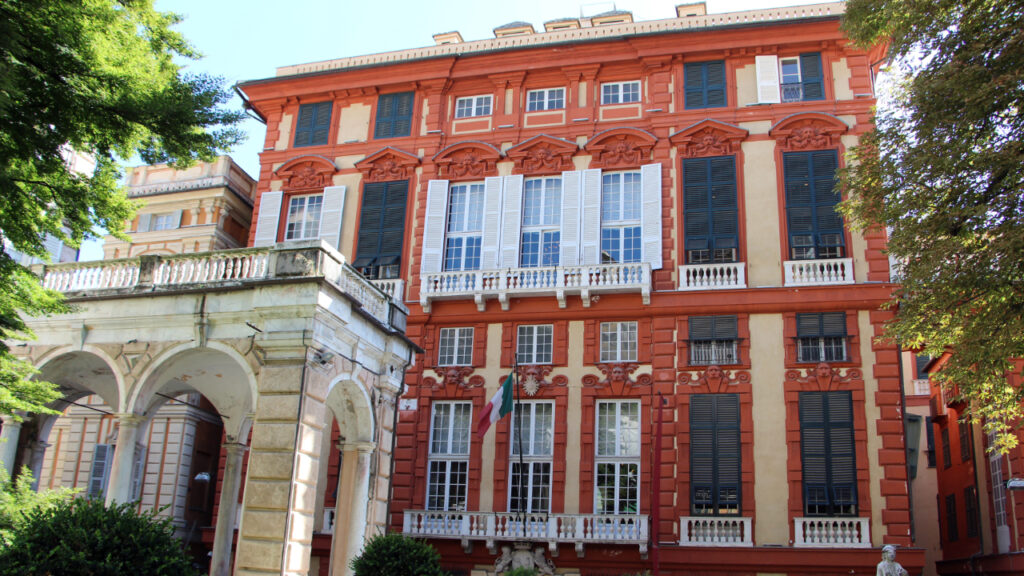
Also known as Palazzo di Francesco e Ridolfo Brignole Sale, this double-residence palace is part of the Strada Nuova Museums. It’s located on Via Garibaldi.
- Construction: Built between 1671 and 1677, Palazzo Rosso was designed by architect Pietro Antonio Corradi and overseen by Matteo Lagomaggiore. The building has a U-shaped footprint with two wings joined by loggias, enclosing an inner square courtyard.
- Layout: The main floors (piani nobili) feature loggias, a big hall, and rooms on each side. The second floor was occupied by Ridolfo Maria, while the first floor belonged to Gio. Francesco.
- Decorations: Artists like Domenico Piola, Gregorio De Ferrari, and Paolo Gerolamo Piola contributed to the fresco decorations. Unfortunately, De Ferrari’s magnificent ceiling fresco was destroyed during air raids in World War I.
- Continued Enrichment: Over time, the Brignole-Sale collection grew, and Palazzo Rosso continued to be enriched. It’s part of the UNESCO World Heritage Site Genoa: Le Strade Nuove and the system of the Palazzi dei Rolli..
If you’re ever in Genoa, consider visiting this fascinating house museum! 😊
Molo (Old Town)
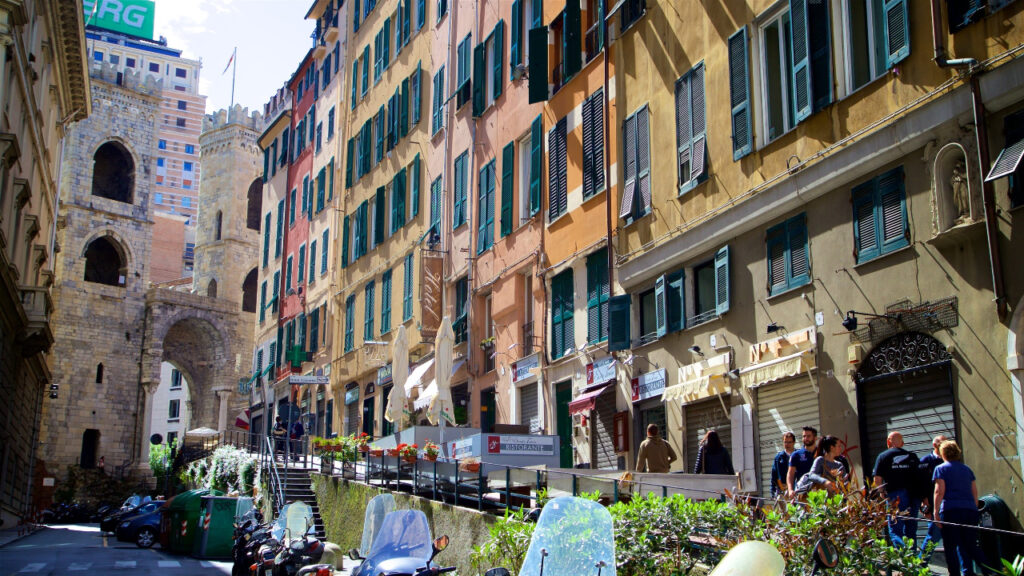
Comprising three districts, Molo boasts 47 Italian palaces, including the Doge’s Palace and Palazzi dei Rolli, both UNESCO World Heritage Sites.
- Etymology: The name “Molo” comes from the pier (molo in Italian) built since the 13th century. This pier expanded the natural spit enclosing the Mandraccio cove, which was the oldest part of the old harbor (now filled). The Molo Vecchio (Old Pier) stands opposite the New Pier, constructed in the late 19th century on the western side of the port.
- Geography:
- Hill of Castello: The seat of the first city settlement (6th century B.C.), dominating the harbor.
- Old Town at the Foot of the Hill: This area, for centuries, held political and religious power, housing landmarks like the Doge’s Palace and St. Lawrence Cathedral.
- Neighborhood Properly Called “Molo”: It features old houses near the “Malapaga walls” and Mandraccio cove.
- History:
- The Hill of Castello was founded by Ligurians in the 6th century B.C. and served as a commercial exchange point with Etruscan people and Greek colonists.
- Destroyed during the Second Punic War, it was rebuilt by Romans in the semi-plain area behind the harbor.
- The bishop, holding religious and political power, had a fortified castle atop the hill, and the area near St. Lawrence Cathedral became the seat of city power.
- Over time, the town expanded beyond the walls, transforming rural areas into streets like “Luccoli,” “Campetto,” and “Canneto”.
- Population: As of December 2015, Molo had 11,588 residents, with a population density of 33,109 people per square kilometer.
If you’re ever in Genoa, exploring Molo is a delightful way to connect with its rich history! 🏰🌊🇮🇹
Santa Maria di Castello Complex
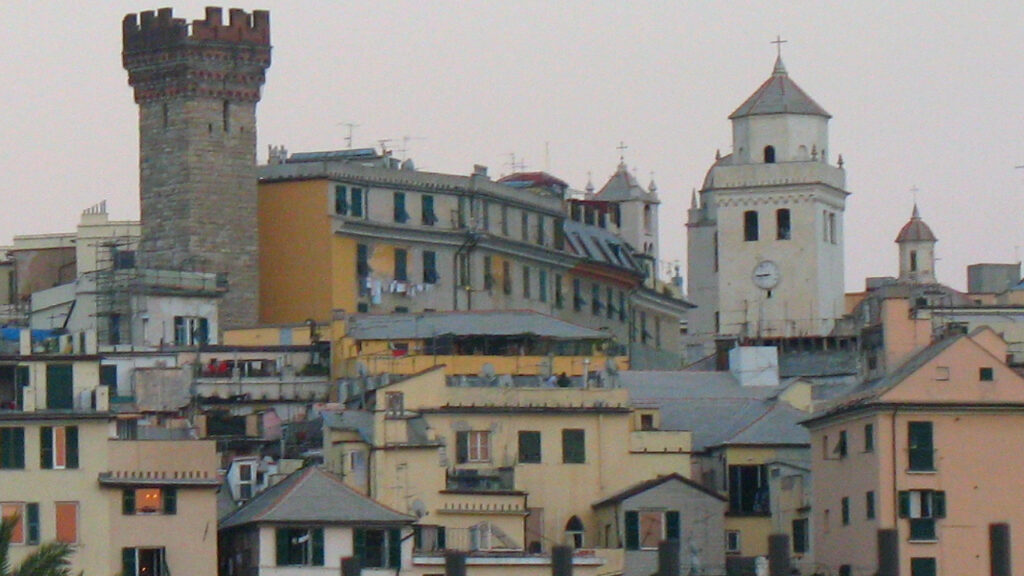
Explore this historic church and convent, which has a fascinating history and beautiful architecture.
It stands on the Castello hill, where a bishop’s fortified castle existed during the Middle Ages. The church, built in Romanesque style before 900 AD, houses numerous artworks commissioned by Genoa’s noble families.
Notable features include frescoes depicting the Stories of David, 16th-century painted majolica, and a marble group of the Assumption by Domenico Parodi. The complex also includes the large Tower of the Embriaci. If you’re ever in Genoa, it’s definitely worth a visit! 🏰🌿
Ancient Hospital of Commenda di Pré
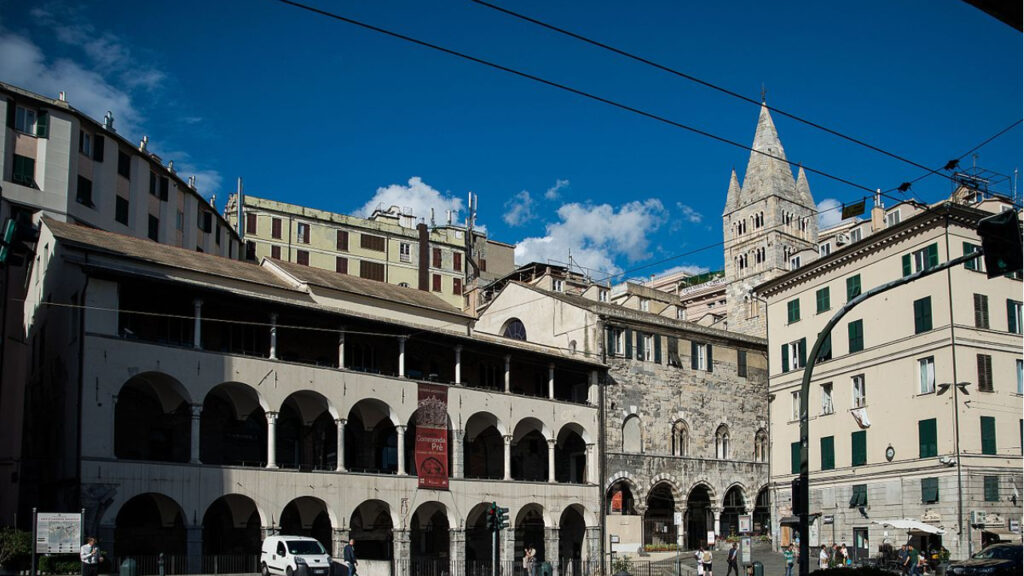
History:
The complex was constructed starting from 1180 at the mouth of the Rio S. Ugo, a short stream (now entirely covered) that flowed down from the nearby hill.
Originally situated directly by the sea, there was an ancient church dedicated to the Holy Sepulchre on this site. It was built around 636, although the first documented mention dates back to 1098.
After the fall of the Christian Kingdom of Jerusalem, the church came under the ownership of the Hospitaller Knights of St. John of Jerusalem.
The complex was founded by Guglielmo di Voltaggio, a commander of the Sovereign Military Order of Malta. Its primary purpose was to provide shelter for pilgrims traveling to the Holy Land during the Crusades. At the time of its construction, it stood outside the city walls in a sparsely populated area.
Structure:
The Commenda consists of two Romanesque Catholic churches stacked on top of each other. These churches form the main architectural body.
Additionally, there is a three-story building—the commenda—which served as both a maritime station on the routes to the Holy Land and a hospital (initially for pilgrims and later for the sick and needy of the city).
The lower church, known as the Church of San Giovanni Evangelista, remains a place of worship today. Its parish community is part of the “Centro Ovest” vicariate of the Archdiocese of Genoa.
The upper church, also dedicated to St. John the Evangelist, is now part of the MEI – Museo Nazionale dell’Emigrazione Italiana (National Museum of Italian Emigration), inaugurated in 2022.
Visiting:
Location: Piazza della Commenda, Genoa.
The complex is open to visitors, and you can explore both churches and learn about their historical significance.
The lower church houses the museum, while the upper church continues to serve as a place of worship.
If you’re in Genoa, consider visiting this remarkable piece of history! 🏛️
For more information, you can check out the Wikipedia page or visit the official website.

